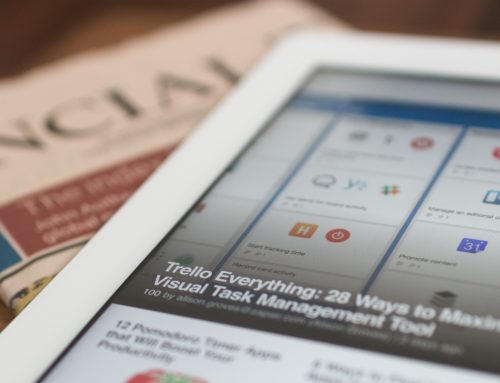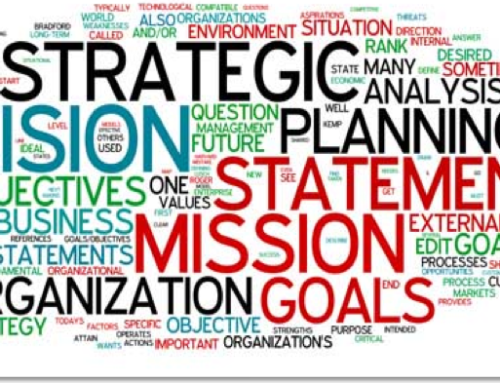The public relations industry has grown and thrived as a result of its ability to earn media coverage, generate creative campaign ideas and assist with crisis communications for their clients, brands and products. Industry veterans rely on past experiences, gut instincts and knowledge to make decisions that lead to the best possible outcomes. But things are changing. PR has become more challenging and practitioners can no longer rely on gut instinct alone – especially as they become more closely aligned with marketing teams that utilize technology and data to demonstrate results.
Analyzing a 24/7 News Cycle
The shifting media landscape has made public relations more difficult. The news cycle is 24/7 and incredibly competitive, which means that PR teams have to be more strategic about how they engage with the press and the stories they tell. For many brands, the quantity of media coverage isn’t a valuable metric nor is the overall number of impressions. The c-suite is looking for “impact” PR, the kind of work that can be tracked back to business outcomes, and needs a specific way to measure it.
When companies attempt to measure media ROI, they tend to focus heavily on typical marketing/sales metrics like an increase in sales, web traffic and ultimately lead conversion. There is often a dotted line from PR results to these metrics. PR often doesn’t have the data it needs to track against business outcomes, or they do have the data, but are not educated on how to utilize it. As a result, they can often overlook critical information like whether or not a particular piece of news coverage results in conversations among business leaders or how consumers are reacting and responding to the story. Viewing data from all sides, even data that might invalidate certain PR results, is critically important to ensure that the team is getting a full view of all initiatives and can adjust them accordingly based on performance.
PR Technology Lags Behind
Despite being in the digital age, current PR technologies have remained stagnant. The tools designed to help measure PR ROI cannot keep up with the constant change in the industry including the availability of more media outlets than ever before and a 24/7 news cycle, which in many cases is causing them to avoid measurement altogether or to rely on qualitative metrics that don’t resonate with the c-suite. Communications professionals are used to looking at metrics and data in siloes – which means they never get to see the bigger picture of their work. Public relations practitioners need to think about the entire universe of campaign data they can access and use it to demonstrate the value of their work. Finding tools that give them access to all of their information in a single dashboard which eliminates the need to log in in to multiple platforms to see all of the data that is being collected is critical.
Data that PR professionals should be assessing includes:
- Newsroom engagement
- Social media metrics
- Customer sentiment
- Share of voice
- Media engagement and tonality
- Investor outlook
- Press release distribution
Inaccurate, outdated and even misunderstood information can lead to PR providing the wrong counsel, which could have negative consequences for a client. While available tools can generate reports and pull data, teams still need to endure the tedious and time-consuming task of going back and analyzing all of the collected data to ensure the data points are both accurate and relevant.
The Need for PR and Marketing to Align
Public relations professionals must work closely with marketing to combine the data they are gathering so that they can each provide more accurate reporting on the results of all of their collective efforts. To ensure this is done properly, public relations and marketing must join forces to streamline the collection and compare the results of all data.
Today, there is no standard set of metrics that all of the PR industry uses to measure campaign success. While industry standardization is not likely, there’s an opportunity for public relations to partner with marketing to establish a set of rules around the data that is being collected, how it’s analyzed and reported, and ultimately what metrics are most relevant to each team. Doing so helps to provide insights into different aspects of communications campaigns so that both groups are able to better demonstrate the impact they are having on their respective areas of the business. It also enables each team to more quickly pivot to new efforts to ensure they can maximize their overall results.
To succeed in an environment where data is becoming king, public relations professionals must partner with marketing, fully embrace new technologies and use them to fully analyze and report on their activities. By leveraging and implementing new technologies now, or taking advantage of all the tools they currently have available, PR can prove if the tactics they are implementing are working and if not, quickly pivot in a different direction.
Image by GotCredit via Flickr, CC BY 2.0
 Ben Chodor is President of Intrado Digital Media. The company recently launched Notified, the first end-to-end workflow automation platform for PR and marketing professionals. You can connect with him via Twitter or LinkedIn.
Ben Chodor is President of Intrado Digital Media. The company recently launched Notified, the first end-to-end workflow automation platform for PR and marketing professionals. You can connect with him via Twitter or LinkedIn.
 Guest Post by Ben Chodor
Guest Post by Ben Chodor![[EVENT]: PR Hacks for Small Biz (online)](https://shonaliburke.com/wp-content/uploads/2021/06/FB-Ad-1200x800-01-01-01-Copy-500x383.jpeg)







Leave A Comment